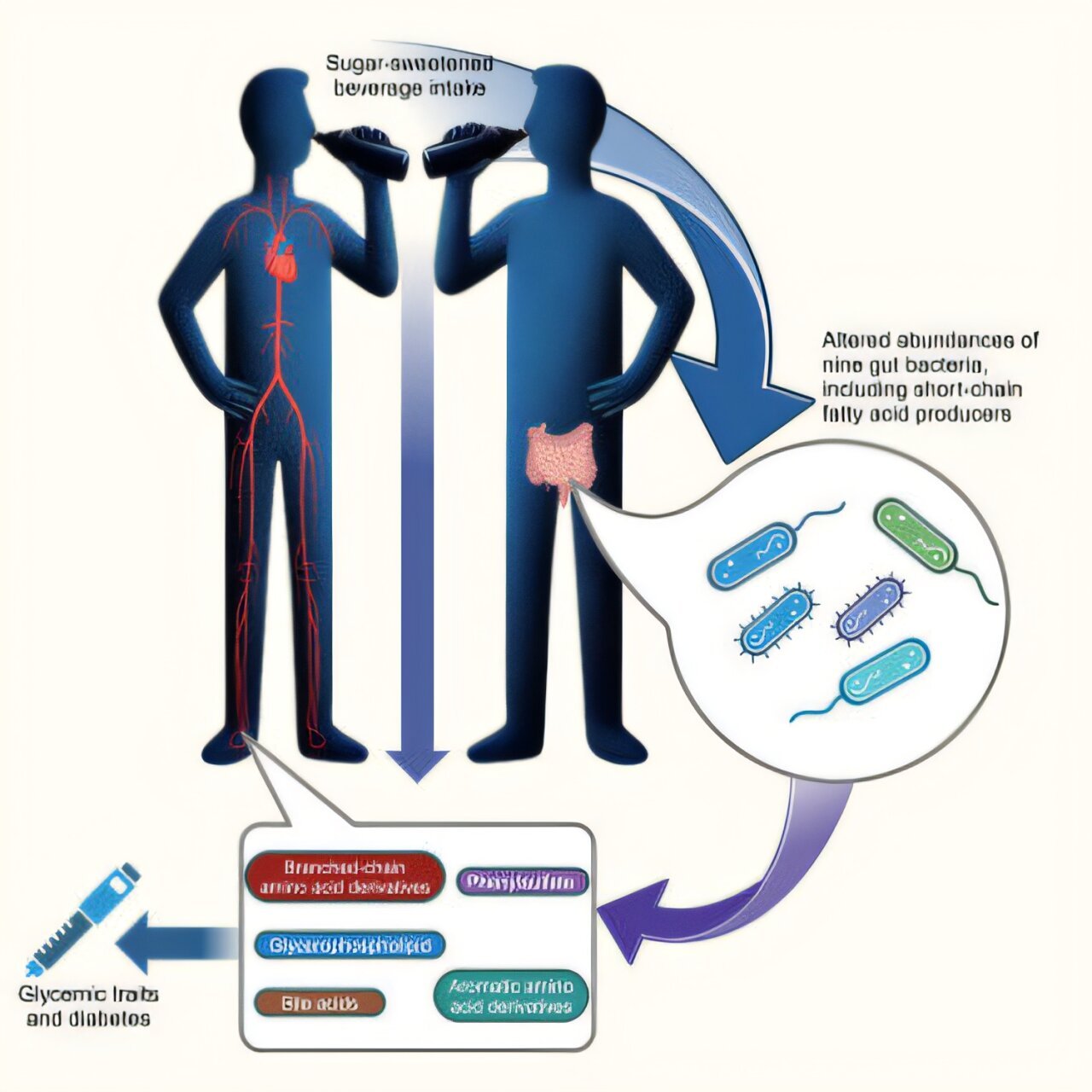Alzheimer’s disease remains one of the most challenging and perplexing neurodegenerative disorders, with no cure and limited treatment options. The disease is characterized by the accumulation of amyloid plaques and tau tangles in the brain, which disrupt the communication between neurons, leading to progressive brain damage. Current research focuses heavily on these protein deposits as potential targets for therapy. However, new groundbreaking research suggests that there might be a different, potentially more effective way to tackle Alzheimer’s disease — by using Xenon gas.
A recent study conducted by researchers at Mass General Brigham and Washington University School of Medicine in St. Louis has shown that inhaling Xenon gas could offer protective benefits in Alzheimer’s disease. The study demonstrated that Xenon gas helped to suppress neuroinflammation, reduce brain atrophy, and induce a protective neuronal response in mouse models of Alzheimer’s disease. This novel approach is not only surprising but could represent a significant shift in the way we think about treating neurodegenerative conditions.
The Science Behind Xenon Gas
Xenon is a noble gas, chemically inert and non-toxic, that has been used in medical settings for its anesthetic properties and neuroprotective capabilities. One of the key advantages of Xenon gas is its ability to penetrate the blood-brain barrier — a crucial factor when it comes to treating neurological diseases. The blood-brain barrier is a selective permeability barrier that protects the brain from potentially harmful substances in the bloodstream but also complicates the delivery of many drugs used to treat brain disorders.
In their study, the research team used Xenon gas in mouse models that simulate different aspects of Alzheimer’s disease — one model focused on amyloid pathology and the other on tau pathology. They found that Xenon inhalation led to significant reductions in brain atrophy, a hallmark of Alzheimer’s disease. The gas also suppressed neuroinflammation, a process believed to contribute to the progression of the disease.
More remarkably, Xenon gas appeared to modulate microglia, the brain’s immune cells. Microglia act as the first line of defense against any form of injury or damage to the brain. In Alzheimer’s disease, however, microglia can become dysregulated, contributing to the neurodegenerative process. Xenon gas was found to induce a protective microglial response, one that may help clear amyloid plaques and tau tangles from the brain while improving cognitive function.
The Role of Microglia in Alzheimer’s Disease
Microglia play a central role in maintaining brain health, acting as “first responders” to brain injury or disease. They are responsible for clearing dead cells, repairing tissue damage, and regulating the brain’s immune response. However, in Alzheimer’s disease, microglia can become activated inappropriately, leading to chronic neuroinflammation. This inflammation damages neurons and exacerbates the spread of amyloid plaques and tau tangles.
One of the main challenges in Alzheimer’s research has been understanding how to regulate microglial activity to ensure they support brain health rather than contributing to disease. Dr. Oleg Butovsky, a senior author of the study and an expert on microglia, has previously developed methods to study how these cells respond to neurodegeneration. His team’s research showed that a specific phenotype of microglia could be modulated to promote a neuroprotective response. The current study builds on this idea, demonstrating that Xenon gas could trigger this beneficial microglial response, offering a new way to prevent or slow down the progression of Alzheimer’s disease.
Findings in Mouse Models of Alzheimer’s Disease
The team conducted their experiments using two distinct mouse models of Alzheimer’s disease. The first model involved mice with amyloid plaques, while the second model focused on tau pathology. Both are major hallmarks of Alzheimer’s, and each type of protein buildup has been linked to different aspects of the disease.
After administering Xenon gas to these models, the researchers observed several beneficial effects:
- Reduced Brain Atrophy: Xenon inhalation helped preserve brain volume, which is typically lost as Alzheimer’s disease progresses.
- Suppressed Neuroinflammation: Xenon gas helped reduce the chronic inflammation that damages neurons and accelerates disease progression.
- Improved Microglial Response: Xenon gas promoted a more protective microglial phenotype, which could help clear harmful protein aggregates like amyloid plaques and tau tangles.
- Improved Behavioral Outcomes: In addition to the physiological benefits, the treated mice also showed improvements in behavioral tests, such as nest-building, which is often impaired in Alzheimer’s models.
These findings suggest that Xenon gas might offer a multifaceted approach to treating Alzheimer’s disease, addressing the underlying causes of the disease — inflammation, brain atrophy, and protein buildup — in a way that current treatments do not.
The Clinical Trial and Future Directions
Building on these promising animal model results, the research team is now preparing for a Phase I clinical trial to test Xenon gas in humans. The trial, which is set to begin in early 2025, will initially focus on healthy volunteers to assess the safety and dosage of Xenon gas. If these initial trials are successful, the team plans to expand the study to patients with Alzheimer’s disease.
Dr. David M. Holtzman, a senior author from Washington University School of Medicine, emphasized the excitement surrounding the trial, noting the potential of Xenon gas to protect against both amyloid and tau pathology. He and his colleagues are hopeful that this novel treatment could provide a new avenue for Alzheimer’s therapies, which are currently limited and largely ineffective at halting the progression of the disease.
One of the unique aspects of Xenon gas is its versatility. Beyond Alzheimer’s disease, researchers are exploring its potential for treating a wide range of neurological diseases, including multiple sclerosis, amyotrophic lateral sclerosis (ALS), and certain eye diseases that involve neuron degeneration. The research team is also working on technologies to improve the efficiency of Xenon gas delivery and recycling, which could make the treatment more practical for widespread use.
A New Hope for Alzheimer’s Disease
The promise of Xenon gas as a neuroprotective treatment for Alzheimer’s disease is an exciting development in the search for effective therapies. Traditional treatments have focused primarily on managing symptoms rather than addressing the underlying causes of the disease. Xenon’s ability to cross the blood-brain barrier, reduce neuroinflammation, protect neurons, and improve cognition presents a novel strategy that could potentially slow or even halt the progression of Alzheimer’s.
As the clinical trial progresses and more data becomes available, it is hoped that Xenon gas may offer a new lease on life for individuals living with Alzheimer’s disease and other neurodegenerative disorders. With its combination of neuroprotective effects and the ability to target multiple aspects of the disease, Xenon gas could be the breakthrough the medical community has been waiting for.
Reference: Wesley Nogueira Brandao et al, Inhaled Xenon modulates microglia and ameliorates disease in mouse models of amyloidosis and tauopathy, Science Translational Medicine (2025). DOI: 10.1126/scitranslmed.adk3690. www.science.org/doi/10.1126/scitranslmed.adk3690






